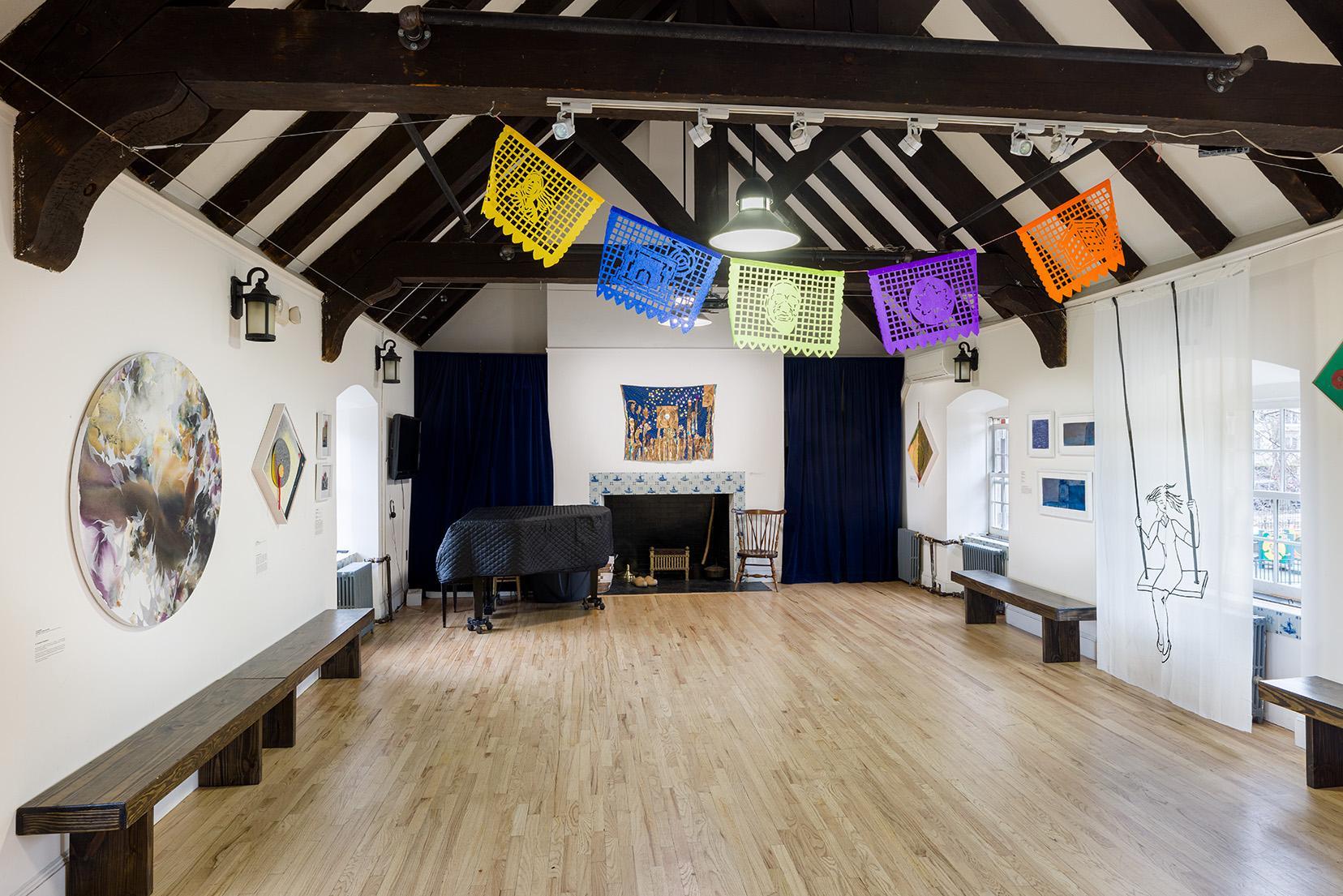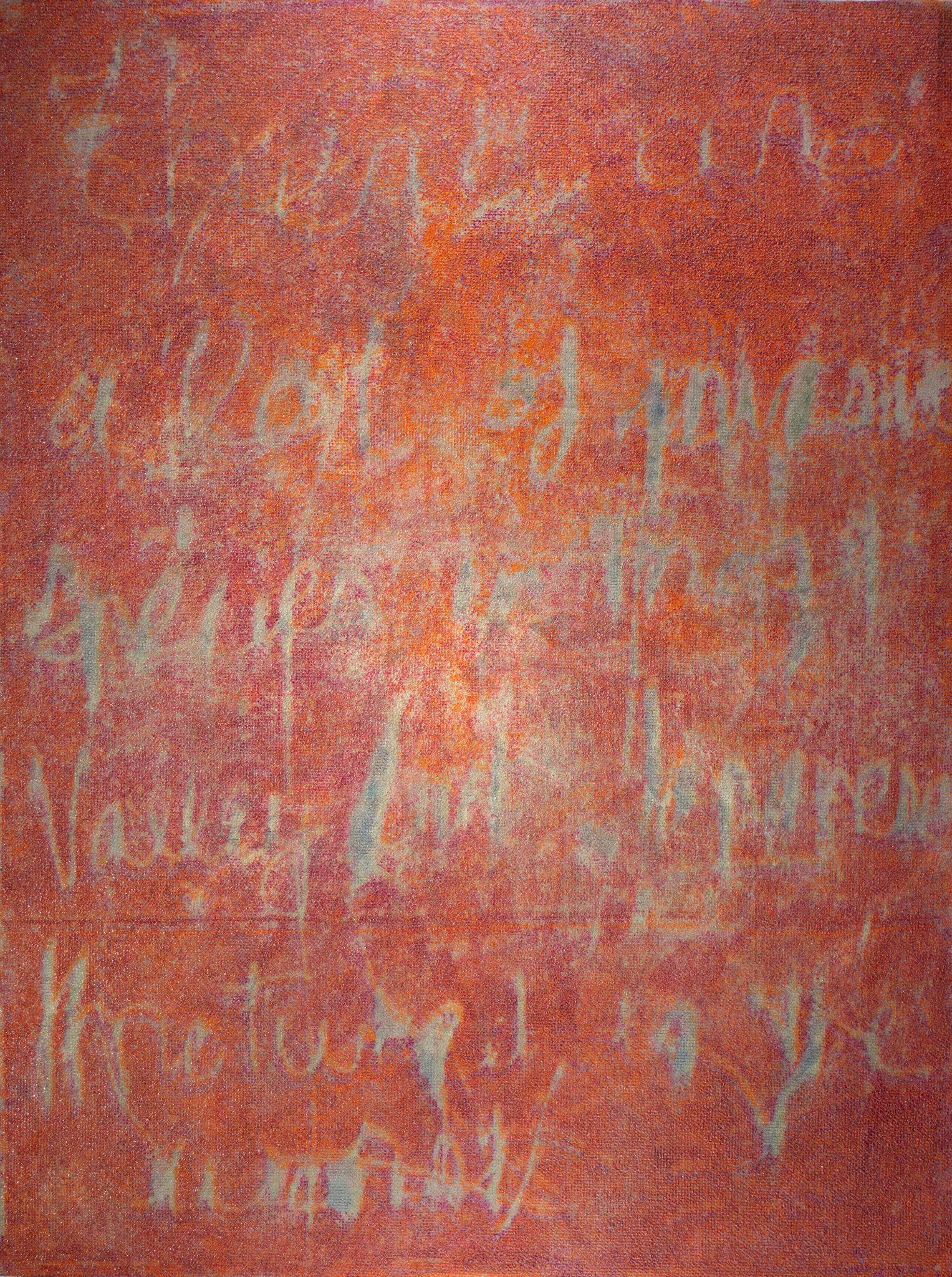Featured Project

There is an exciting new gallery in the Crane Building located in the Old Kensington neighborhood of Philadelphia joyfully titled Box Spring Gallery, a brainchild of curator and creative director Gaby Heit. Gaby and I go way back to when I knew her as the director of Prelude Gallery in center-city Philadelphia. With her extensive background in both art and design, this place of her own sets high expectations for fresh, new work that is multidisciplinary and accessible.
Continue reading “Box Spring Gallery – Philly’s New Art Spot”







